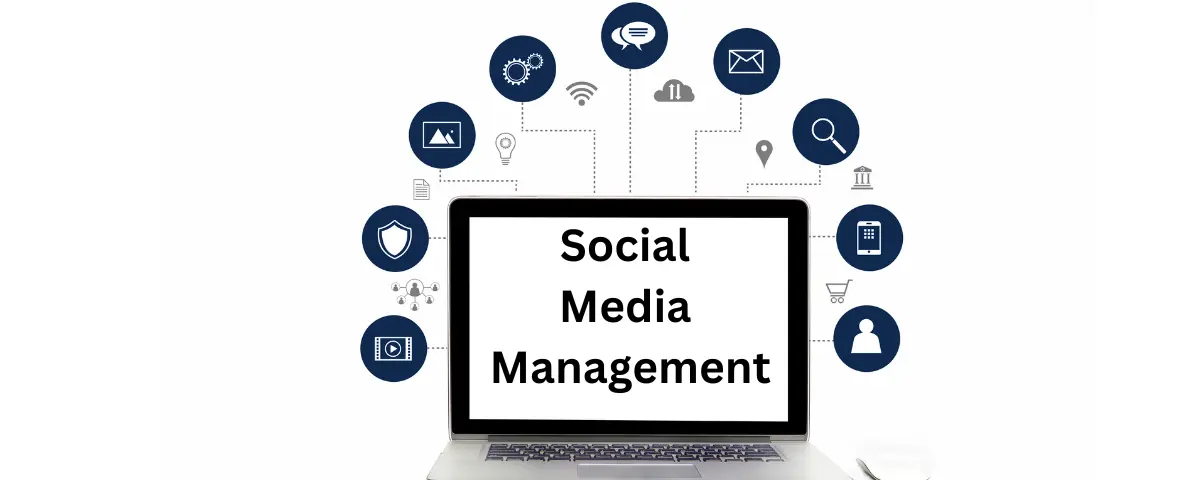In the dynamic landscape of modern business, managing finances is a critical aspect that can significantly impact the success and sustainability of a company. One powerful tool that businesses leverage to streamline financial operations and propel growth is credit. In this article, we will mnweekly.com/ explore the strategic use of credit as a recording mechanism and delve into the various ways businesses can harness its potential.
I. The Foundation: Understanding Credit in Business
Before delving into its applications, it’s crucial to establish a foundational understanding of credit in a business context. Credit, in essence, is a financial resource that allows businesses to access funds beyond their immediate cash flow. Whether through loans, credit cards, or other financial instruments, businesses can use credit to bridge gaps, seize opportunities, and navigate periods of fluctuating revenue.
II. Building a Strong Financial Framework
One of the primary ways businesses use credit in their record-keeping is by building a robust financial framework. Establishing credit lines, when managed responsibly, can provide a safety net during lean periods. Moreover, it contributes to a positive credit history, which is invaluable when seeking additional funding for expansion or investment.
III. Strategic Investments and Growth
Businesses often utilize credit as a strategic tool for investments that drive growth. Whether it’s expanding facilities, upgrading technology, or launching new product lines, having access to credit enables companies to make bold moves that can elevate their market position. Through meticulous record-keeping, businesses can track the impact of these investments and ensure they align with overall strategic goals.
IV. Cash Flow Management and Operational Efficiency
Credit plays a pivotal role in maintaining healthy cash flow, a cornerstone of business sustainability. By strategically using credit to manage payables and receivables, businesses can optimize their operational efficiency. This involves judiciously timing payments, negotiating favorable terms with suppliers, and using credit to bridge gaps between revenue cycles.
V. Mitigating Risks and Seizing Opportunities
In the volatile world of business, risks and opportunities are inevitable. Credit provides a buffer against unforeseen challenges by offering liquidity when needed most. Moreover, it allows businesses to seize unexpected opportunities swiftly. Effective record-keeping in these instances becomes a compass, guiding businesses to learn from experiences, adapt strategies, and make informed decisions.
VI. Navigating Challenges and Responsible Credit Use
While the advantages of using credit in business are evident, it’s crucial to emphasize responsible usage. Businesses must carefully manage their credit portfolios, monitor interest rates, and ensure timely repayments. Comprehensive record-keeping becomes a vital tool in this regard, helping businesses analyze their financial health and make informed decisions on credit utilization.
Conclusion: A Strategic Approach to Credit Management
In conclusion, the strategic use of credit in business record-keeping is a multifaceted practice that requires foresight, planning, and meticulous execution. By understanding the nuances of credit management and incorporating it into a comprehensive financial strategy, businesses can not only weather uncertainties but also thrive in a competitive marketplace. Through diligent record-keeping, businesses can continually refine their approach, making credit a dynamic force that propels them towards sustainable success.




